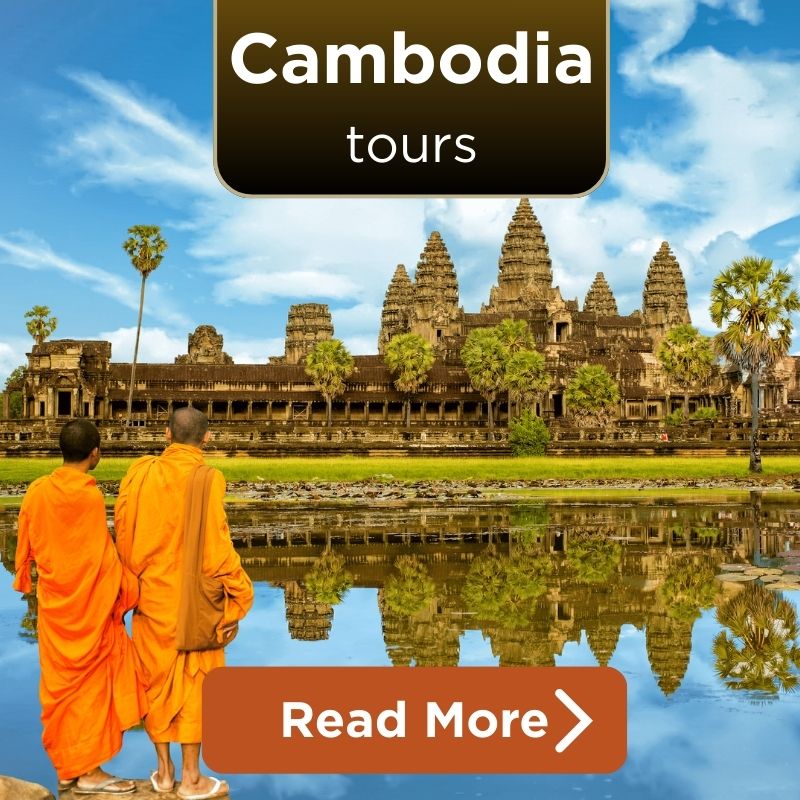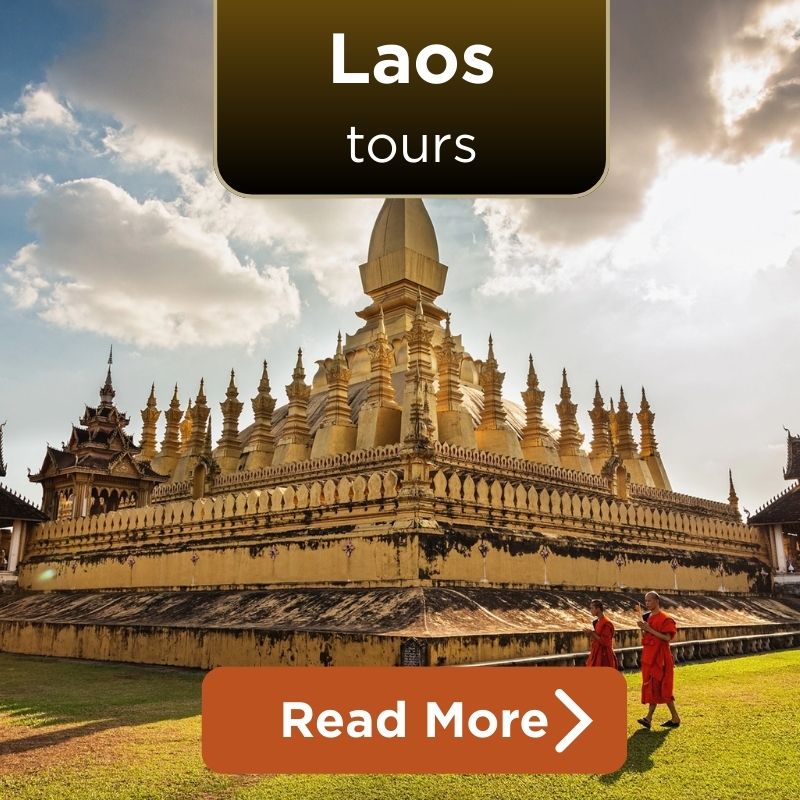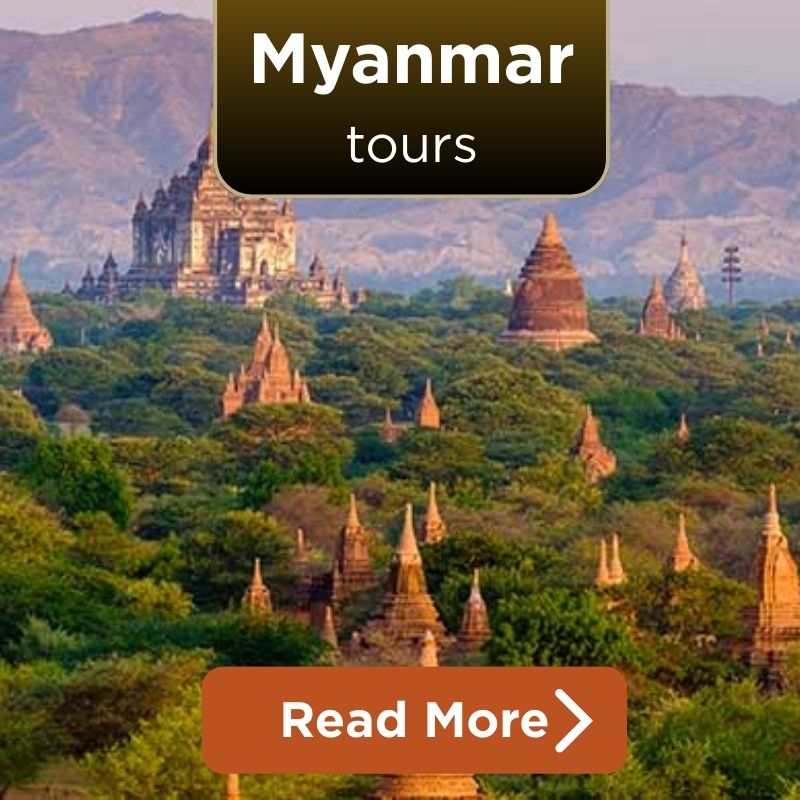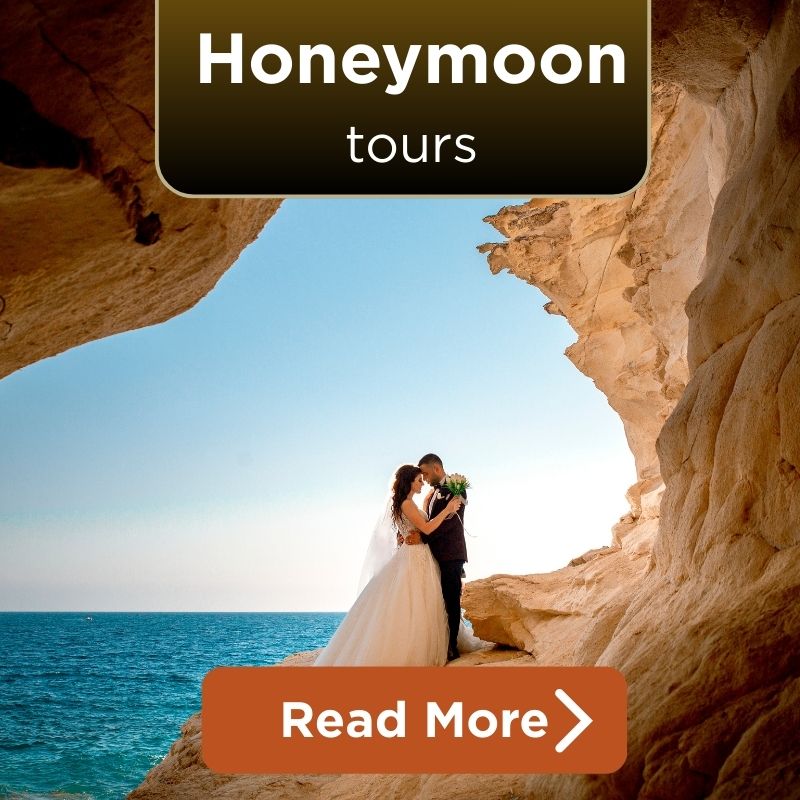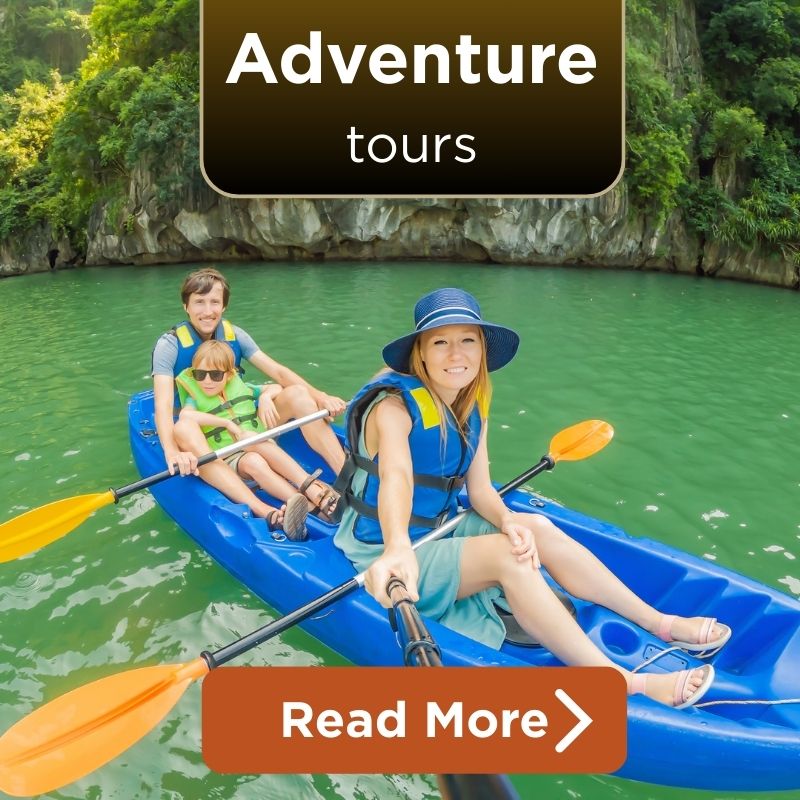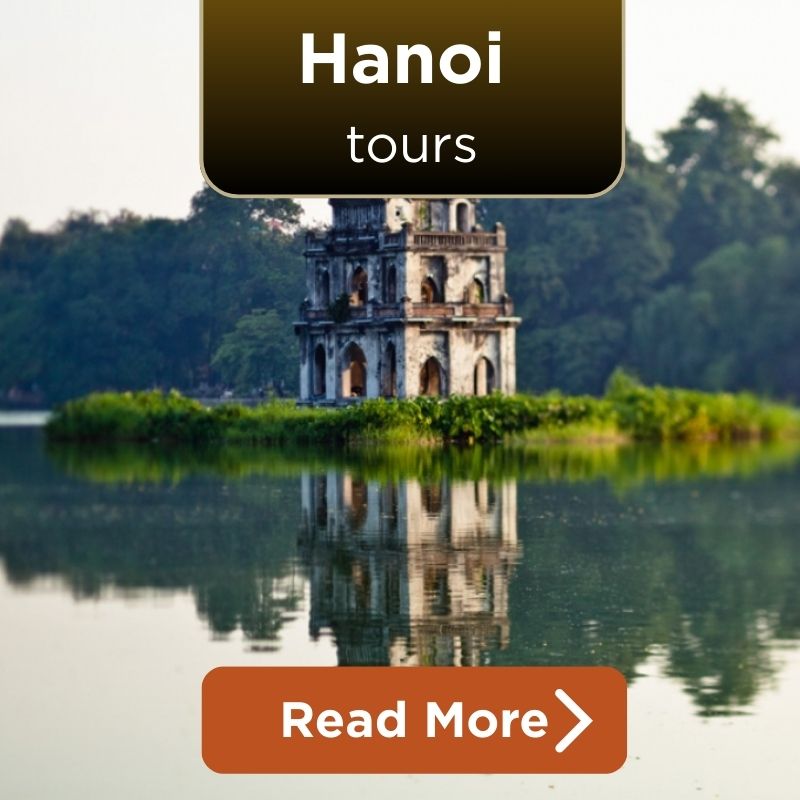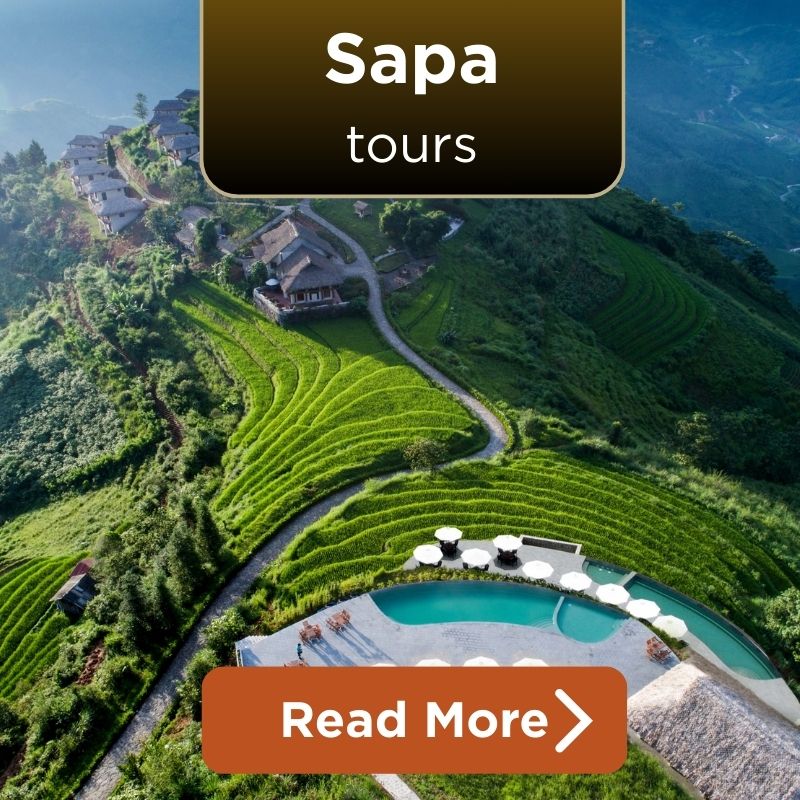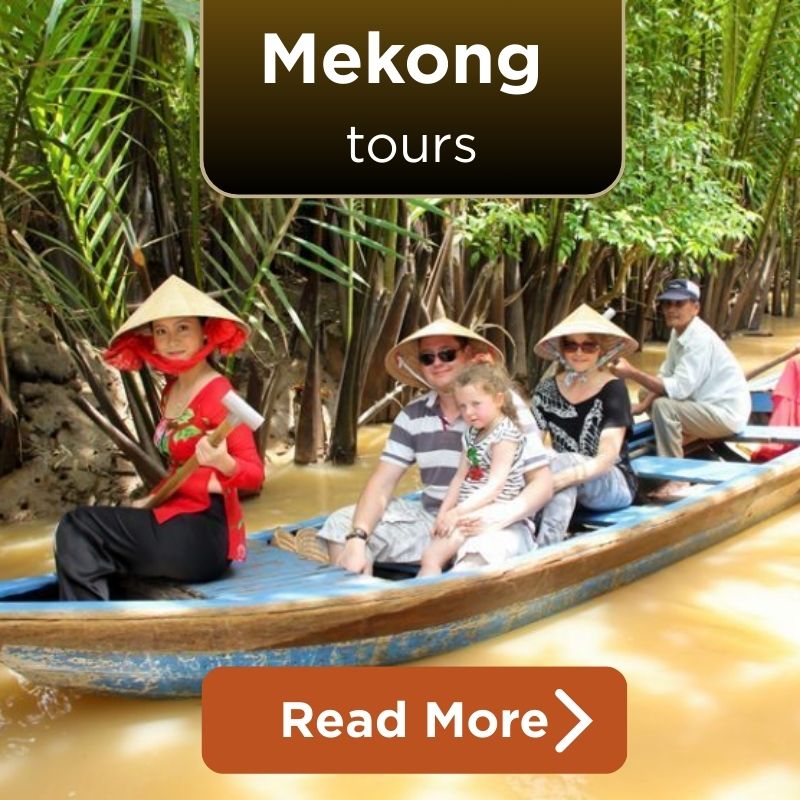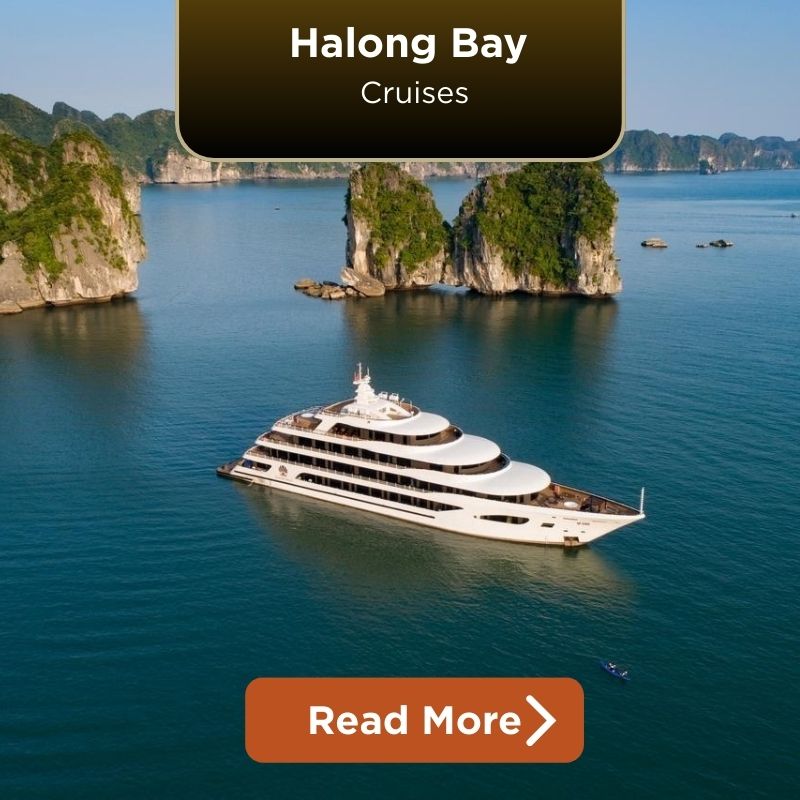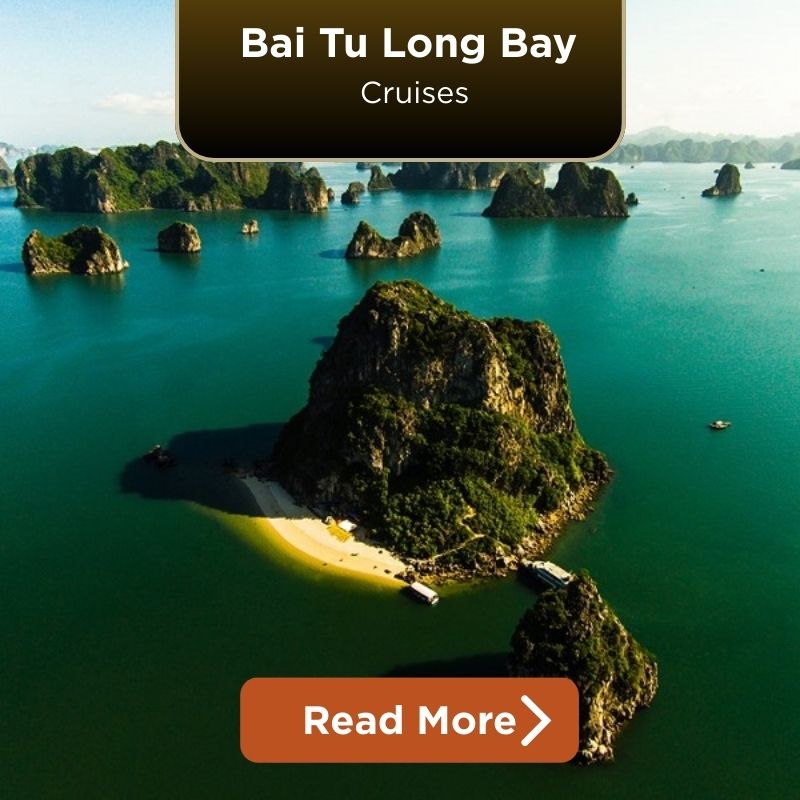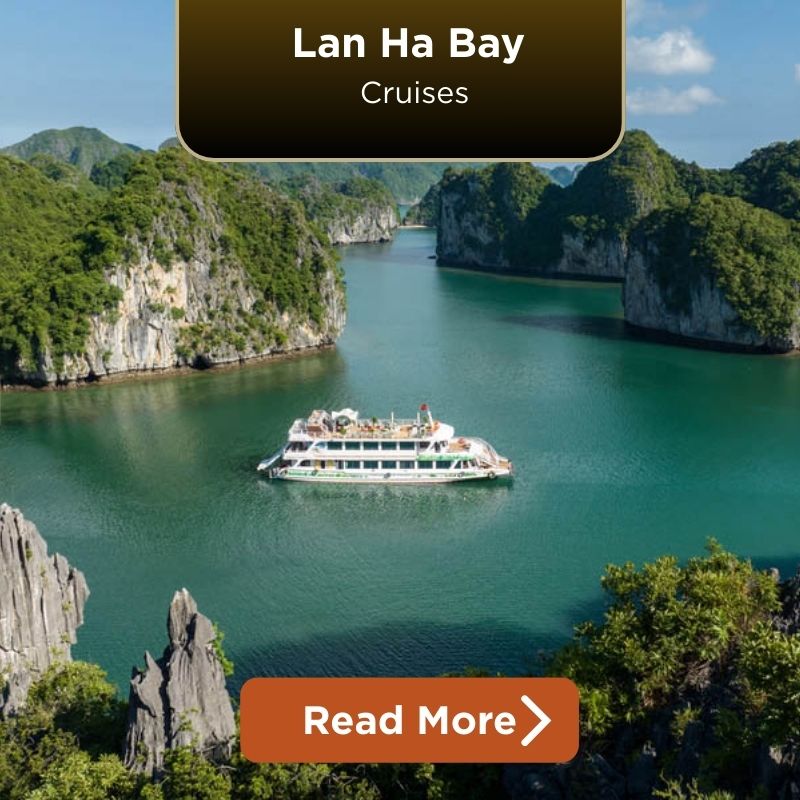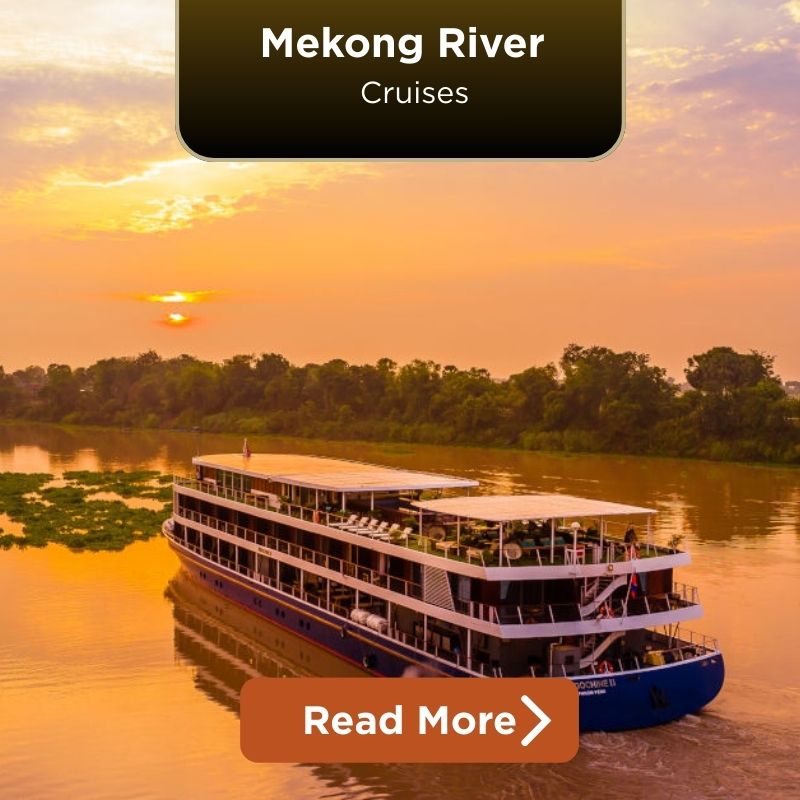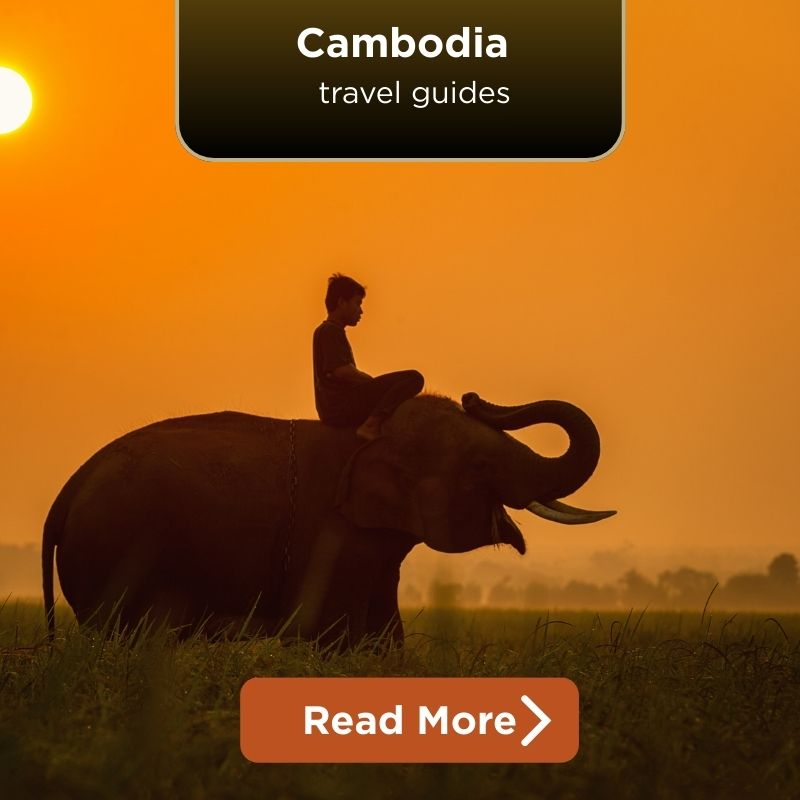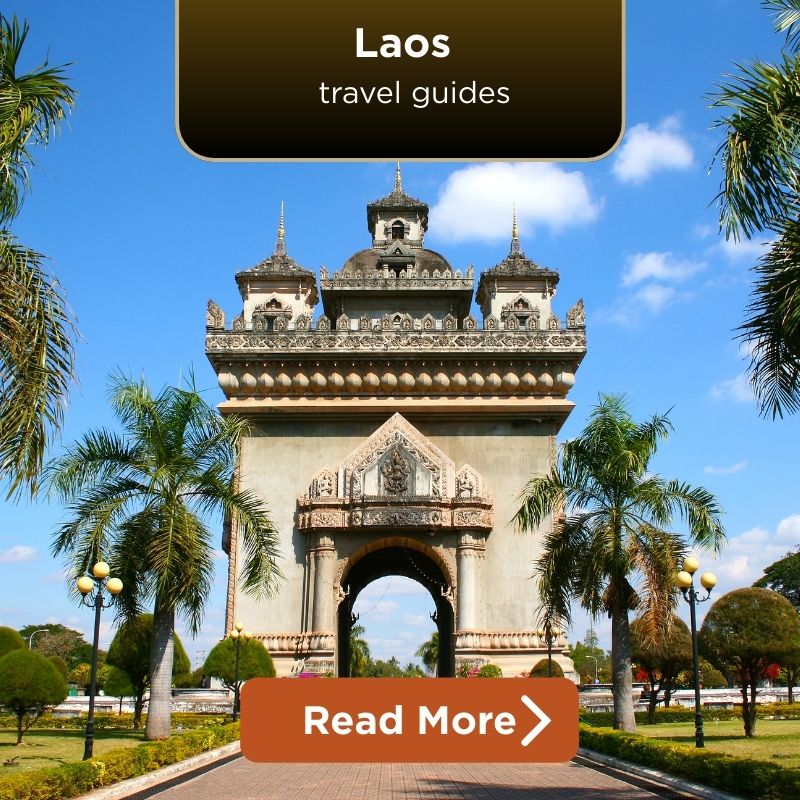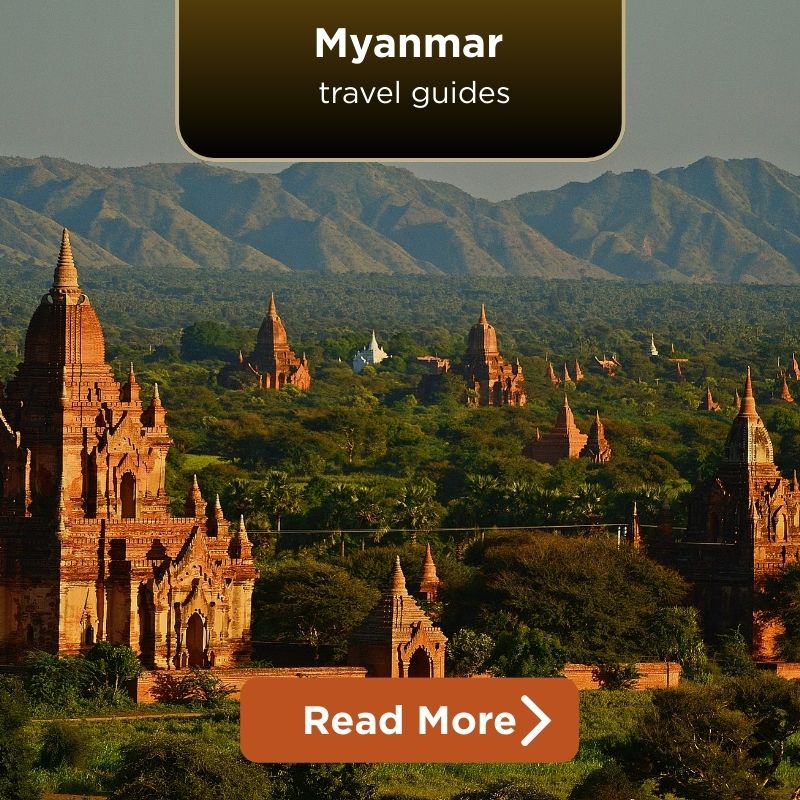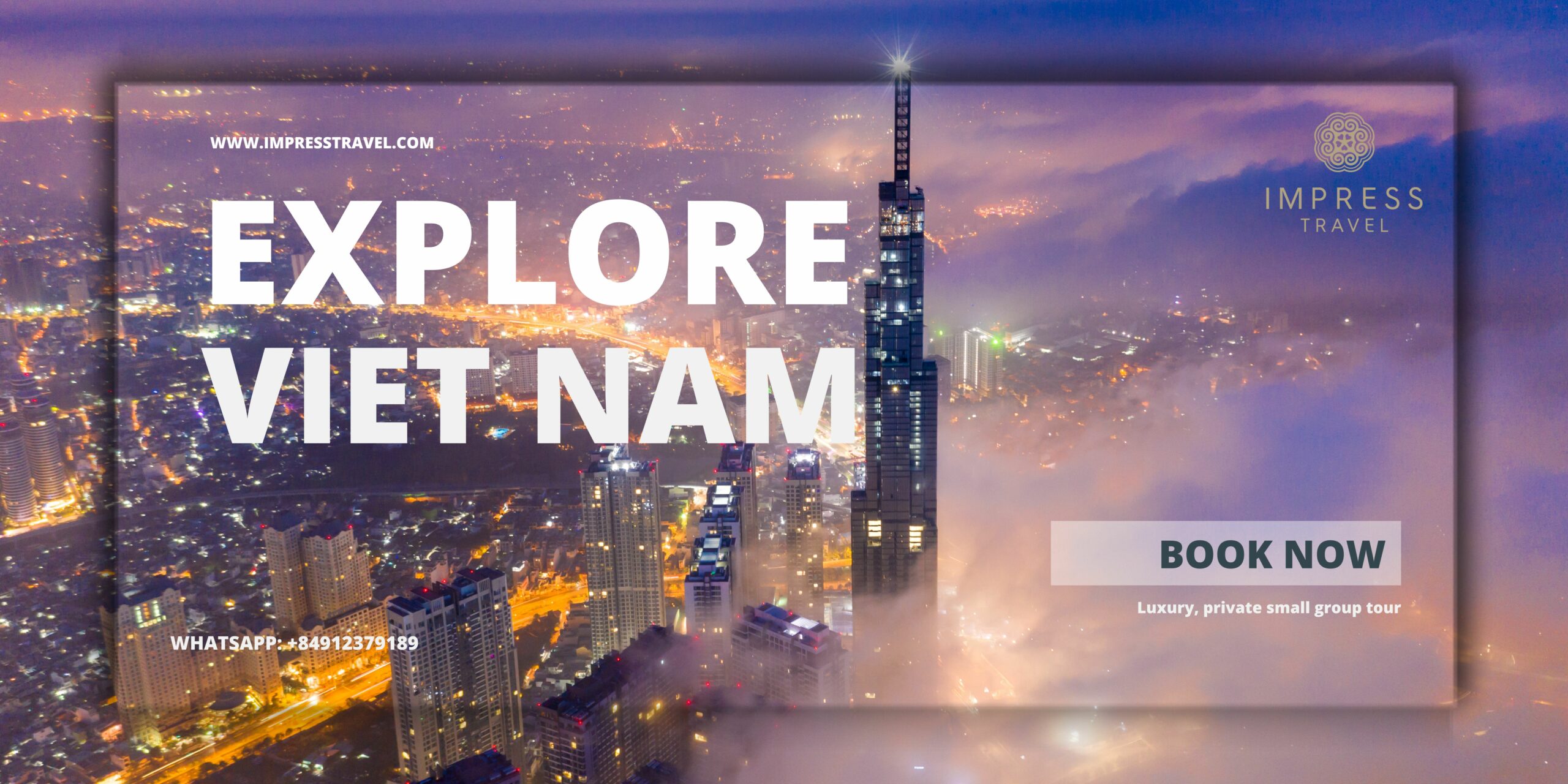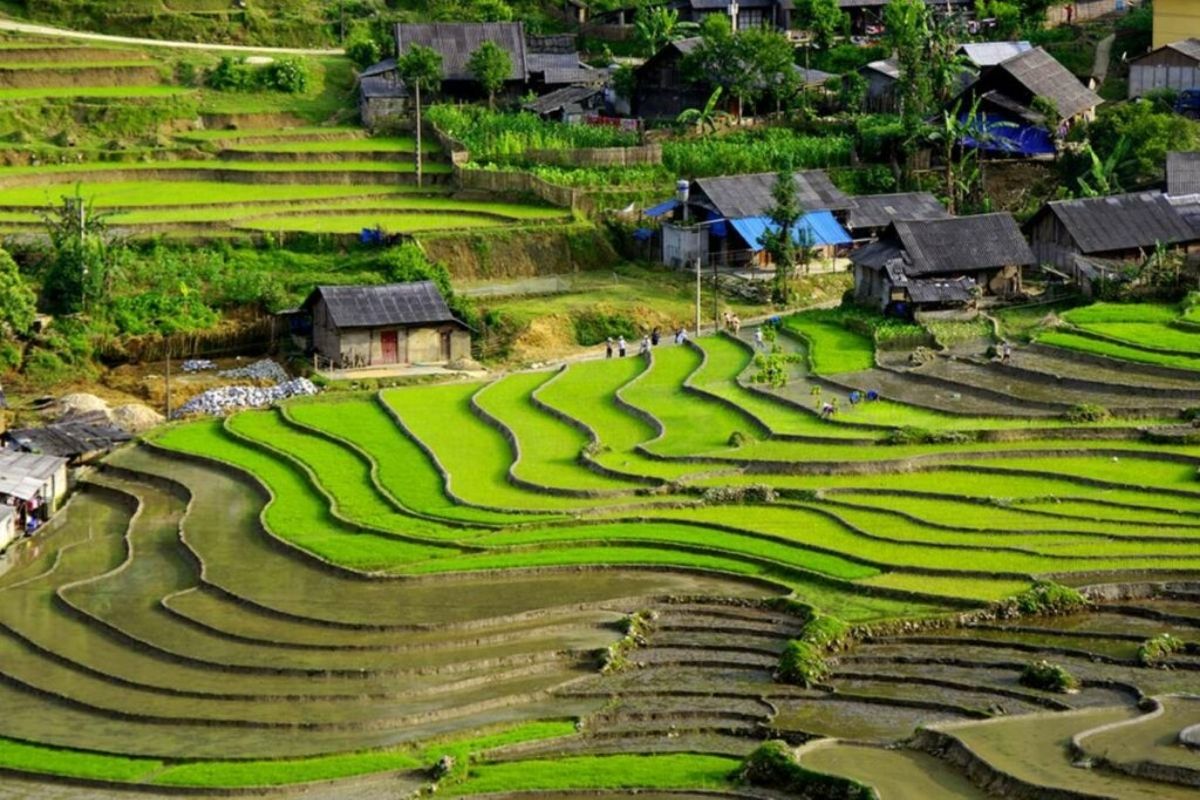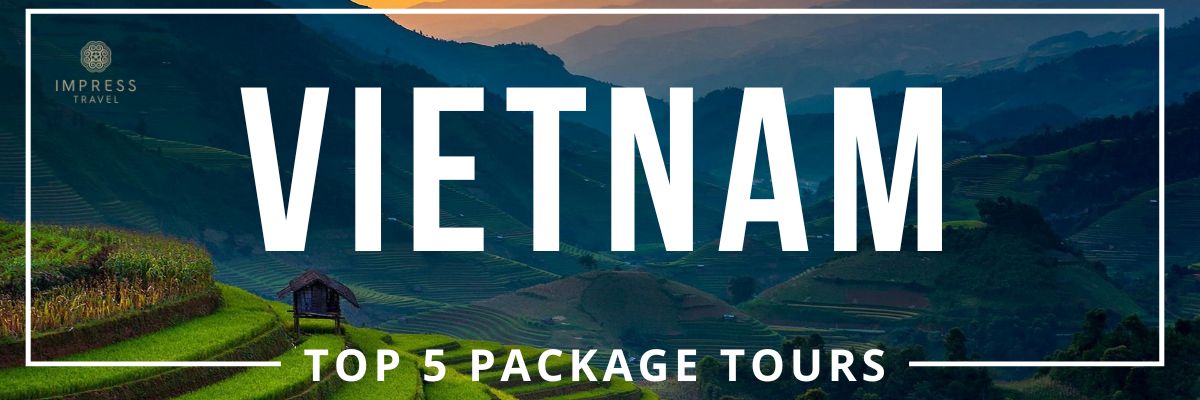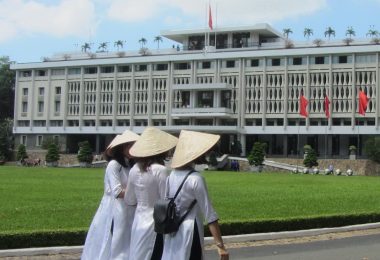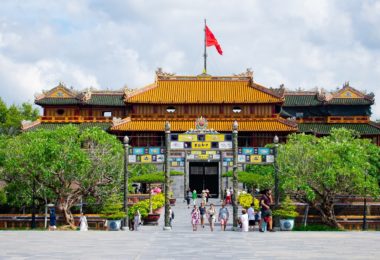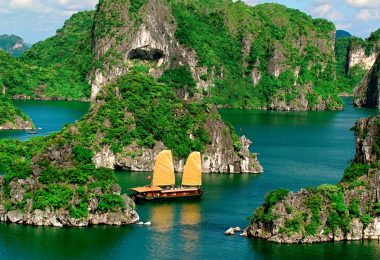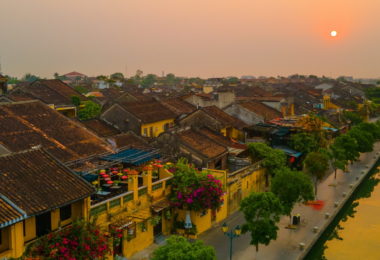Understanding Weather Zones of Vietnam in August
Quick Overview: North, Central & South Climate Differences
Let’s break it down simply:
- Northern Vietnam (including Hanoi, Sapa, and Ha Long Bay) experiences the peak of the wet season, so you can expect hot, humid days with significant rainfall in the afternoons. While this might put a damper on your outdoor activities, it also turns the fields into green carpets, lovely to gaze upon, particularly in spots like Sapa or Pu Luong.
- Central Vietnam – Hue, Da Nang, Hoi An. The three cities in the central region are, for the most part, enjoying the end of the dry summer season. If you want to bask in the sun, this is your ideal area. Its beautiful beaches, minimized storms, and UNESCO World Heritage Sites make it the perfect place for cultural immersion and chilling on the beach in equal measure.
- Southern Vietnam (say, Ho Chi Minh City, the Mekong Delta, and Phu Quoc) is deep into the monsoon in August. Anticipate daily showers, but don’t be afraid, as they often come and go pretty fast. Thanks to the lush greenery and high river levels, it’s a memorable time to visit national parks, floating markets, and the vibrant delta life.
Rainfall, Humidity & Typhoon Map
Here’s what Vietnam in August looks like on the weather chart:
|
Region
|
Average Temperatures
|
Rainfall (mm)
|
Humidity (%)
|
|
Northern Vietnam
|
25°C – 32°C
|
230 – 270 mm
|
79% – 85%
|
|
Central Vietnam
|
26°C – 33°C
|
100 – 150 mm
|
78% – 82%
|
|
Southern Vietnam
|
24°C – 31°C
|
250 – 400 mm
|
80% – 87%
|
Where to Avoid in Vietnam in August (And Why)
Sapa & Northern Highlands – Too Wet for Trekking
Sapa is well known for its stunning rice fields, the foggy mountains, and the colorful culture. But in August, when Vietnam is still in the midst of the rainy season, the region gets hit with significant rainfall. These heavy rains frequently result in landslides, muddy trails, and poor visibility, particularly around Fansipan, Indochina’s highest peak.
For tourists looking to engage in outdoor activities on the island, such as trekking, mountain climbing, or cloud hunting, August may prove unsafe and disappointing. Ignore that approach and you’ll end up all wet. Trails become slick, views are often fogged out, and transit can be disrupted.
Recommended alternative: Mu Cang Chai or Mai Chau. Both are up in the northern mountains but have better weather in August. You’ll still find verdant rice fields, real cultural encounters, and much safer conditions for walking or biking around the countryside.
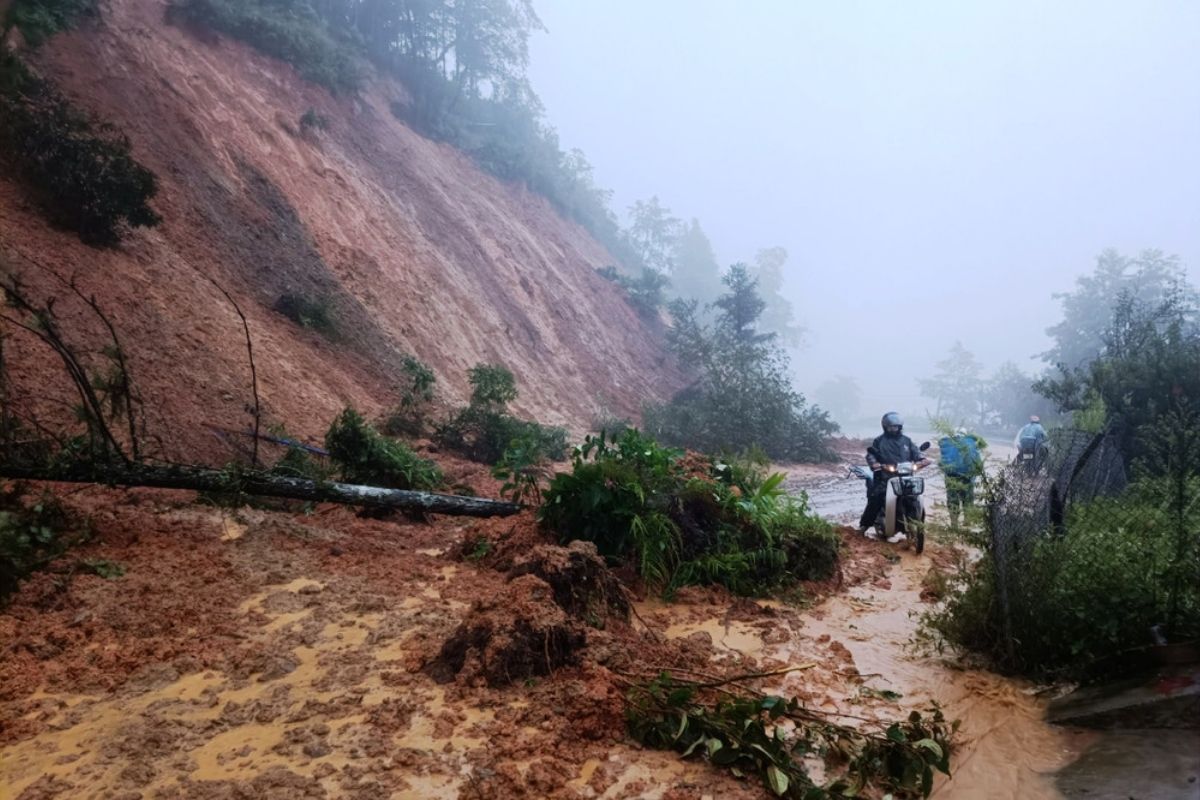
Heavy Rains Often Cause Sapa Landslides (Source: motogo)
Halong Bay – High Risk of Storm Cancellations
Halong Bay. Whether you’re Vietnamese or a traveler, this UNESCO World Heritage Site is a dream destination for all. But be forewarned, it’s typhoon season in the Gulf of Tonkin during Vietnam in August. That’s a lot of waiting for a vacation, resulting in sudden cancellations and changing sea conditions.
And even if your tour does go out, the hot and muggy air and thick fog can cloud the scenic views. The massive limestone formations might be obscured by clouds, and kayaking or swimming is frequently prohibited because of concerns over the weather.
Recommended alternative: Opt for Lan Ha Bay, a more sheltered, peaceful bay near Cat Ba Island. With fewer storms and smaller boat tours, it’s a calmer, more flexible way to experience it, ideal for taking in the coastal scenery without the added stress.
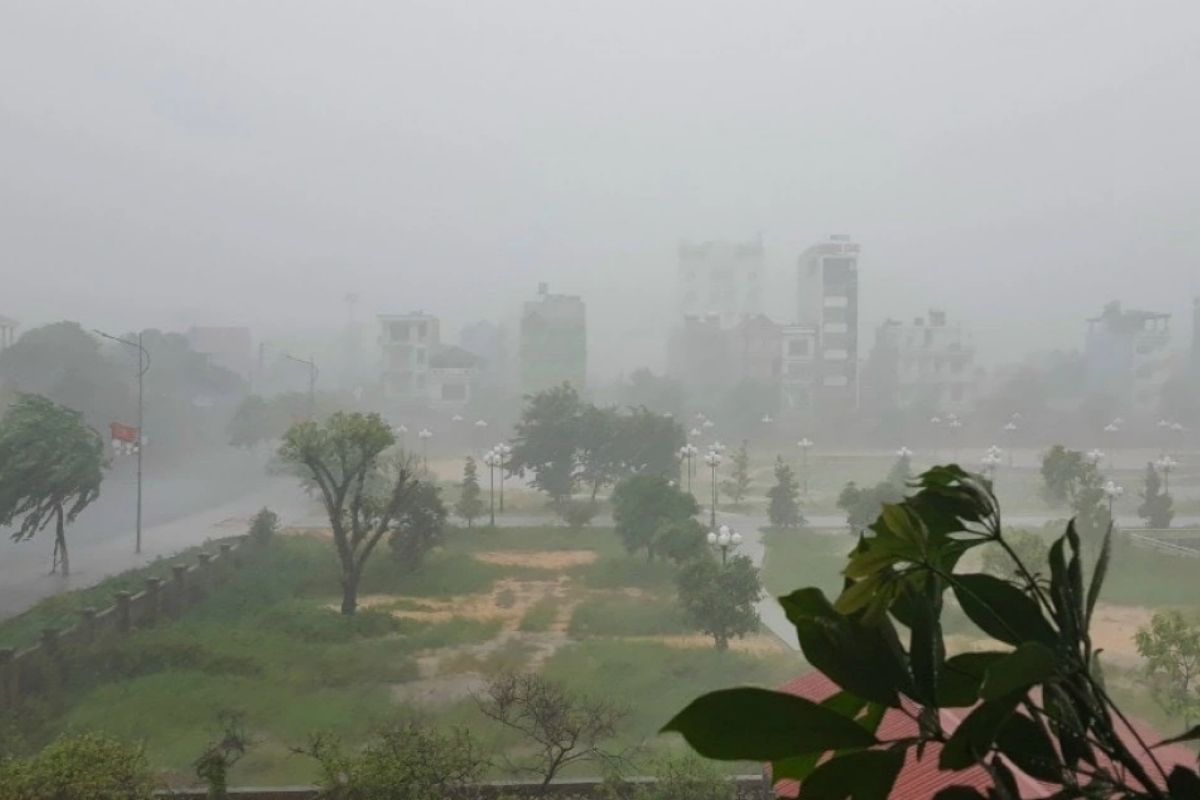
Typhoon Season in The Gulf (Source: nhandan)
Phu Quoc Island – Storm Season & Rough Seas
If you’ve always imagined yourself sipping coconut water on the white-sand beaches of Phu Quoc, August may not be the right time to visit. The Vietnamese tropical island of southern Vietnam gets the worst of the rainy season in August, with more than 400 mm of rainfall, strong winds, and muddy coastal waters.
Ferries and flights are routinely cancelled in these storms, especially between Phu Quoc and the mainland. What’s more, most of the popular outdoor activities, snorkeling, diving, and island-hopping, are either unenjoyable or unsafe because of choppy waters and poor visibility.
Better alternative: Go to Nha Trang or Quy Nhon instead. These both take place in Central Vietnam, which even has some of the driest seaside areas in the country at this time of year! You can still take a dip in crystal-clear water, go on beach adventures, and have a better chance for uninterrupted sunshine!
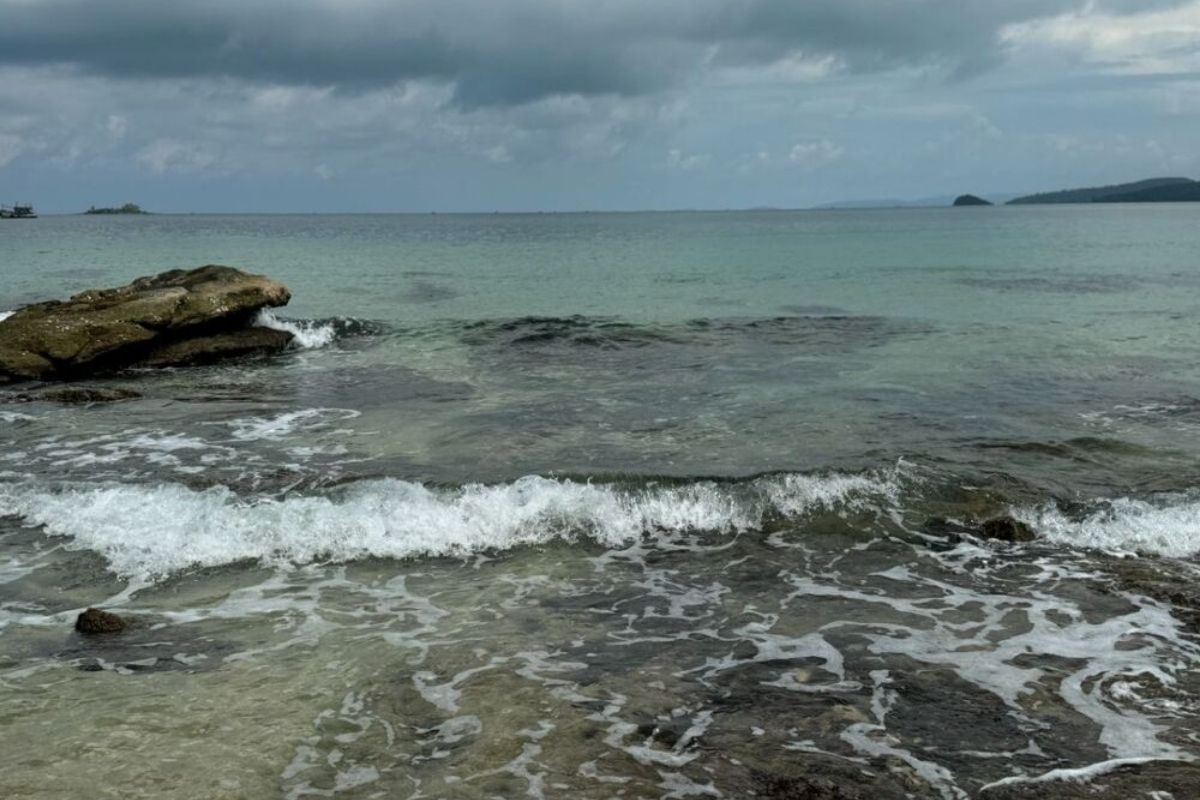
The Rainy Season in Phu Quoc (Source: vov)
Mekong Delta – Floodwaters & Muddy Conditions
The Mekong Delta is a cultural treasure, a land of floating markets, infinite canals, and traditional life. But in Vietnam in August, the region is in the flood season. Though the residents greet the rising water with open arms, after all, it means easy fishing and farming, it’s terrible news for travelers.
Roads, canals can be washed away, floating markets can go askew, and boats can often be rerouted. In addition, mosquitoes breed in stagnant water, upping the chances of bites and illness, particularly for unsuspecting visitors. The weather is hot and humid, not helping anything.
Safer pick: Just go to Ho Chi Minh City! That busy town of history and culture, and food, but without the floodwaters. With world-class museums and French-colonial architecture on one side and cozy cafés and lively street food on the other, HCMC offers a deep dive into Vietnamese culture, even when it’s raining cats and dogs. And you can make shorter day trips to national parks or neighboring towns without getting mired in mud.
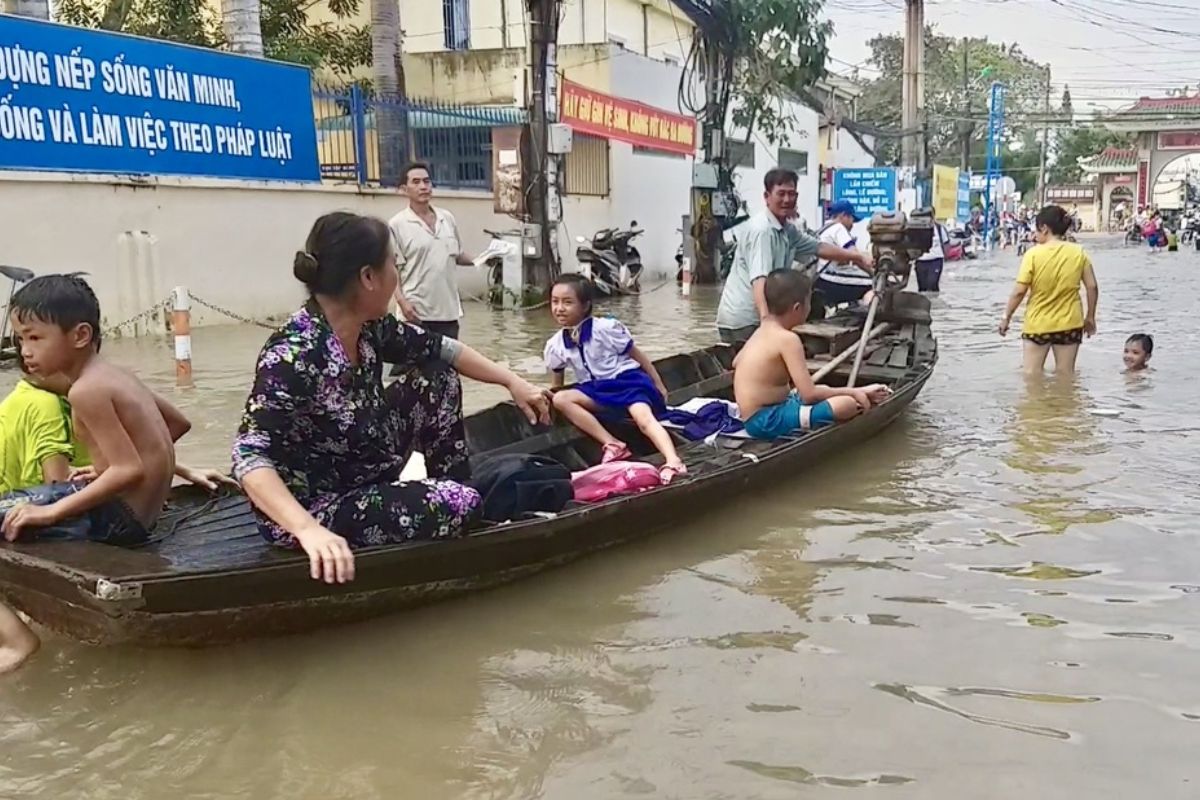
The Flood Season in Mekong Delta (Source: kinhtemoitruong)
Practical Reasons to Avoid Certain Places
Coastal Cities Get Crowded Early August
In much of Vietnam in August, including parts of the north and south, August is peak season, when domestic families are on summer break and visiting places like Da Nang and Nha Trang. These central Vietnam beach towns are home to some of the country’s best beaches, but in early August, the beaches are crowded, hotels are booked, and prices are high.
If you are after a little more space and the sound of the sea, quieter beaches are to be found later in the month, from the second half of August, when the crowds disperse and prices get better.
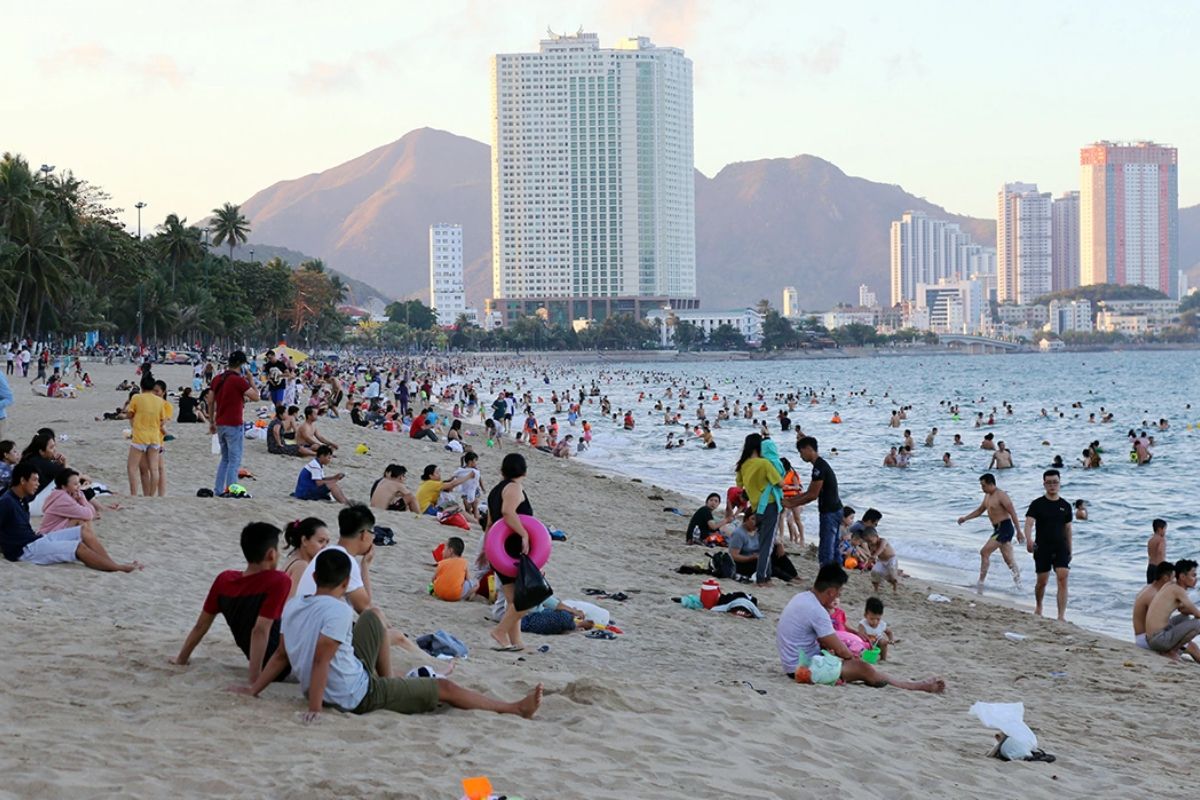
Beaches Are Crowded in Nha Trang (Source: vnexpress)
Some Resorts & Attractions Are Under Maintenance
There are parts of the country where August is low season for foreign tourists, and some resorts, especially those in southern Vietnam, take advantage of this by doing maintenance. Pools may be closed, spa services might shut down, or tours may not run.
Always read hotel notices and reviews before booking, especially in Phu Quoc, the Mekong Delta, or some areas of northern Vietnam. For full services and good weather, consult our guide to the good time to visit Vietnam.
Higher Prices for Less Value in Rainy Regions
If some places (Phu Quoc, the Mekong Delta) still charge high-season prices, until your feet are cold, your trip won’t be. Rain may cause boat tours to be canceled, streets to flood, or outdoor activities to become all but impossible.
Instead, go somewhere dry, to Hue, Hoi An, or a national park in the central region-ish area or something, where you’ll get more bang for your buck.
Travel Insurance Might Not Cover Storm Delays
When a hurricane disrupts your cruise or a typhoon delays your flight, the basic travel insurance you may have purchased will likely be of little help. Or perhaps it’s that many weather issues in Vietnam in August are “normal” in summer, and they’re not always worth covering.
Read the fine print before you book, or opt for destinations with more weather stability. You may also look up the good time to visit Vietnam to avoid dangerous travel dates.
How to Make the Most of Vietnam in August
Pack Smart: Rain Gear, Mosquito Spray, Waterproof Bags for Vietnam in August
We’ll start with the obvious: if you’re traveling to Vietnam in August, bring your preparations with you! Anticipate brief, heavy showers, particularly in southern Vietnam and the northern mountains.
Bring:
- A light rain jacket or poncho
- Mosquito repellent (this is a must for places where there is a rainy season, such as the Mekong Delta)
- Quick-dry clothing
- Waterproof bags for electronics
Plan Indoor Activities & Cultural Experiences Vietnam in August
Vietnam history tours, when the grey sky is above you, the ground is trembling, the clubs are included, Vietnam’s history is waiting for you. It’s the best time to visit indoor attractions such as:
- Hanoi’s Vietnam Museum of Ethnology
- War Remnants Museum, Ho Chi Minh City
- Cooking classes the old-fashioned way in Hoi An
- Art galleries and ancient cafés in Hue, the old imperial capital
From historic temples to French-colonial buildings, every corner of Vietnam has something different, and some of the best are indoors!
Embrace the Green: Where Rain = Beauty with Vietnam in August
Here’s the fact: in several places, Vietnam in August is really, quite magical. Rain isn’t going to spoil the view; it’s what makes it.
In Pu Luong, the rice terraces will be at their most brilliant green, shimmering in the mist like a living painting. It’s turtle nesting season in Con Dao, and Tony sets up a nighttime scene unlike any other, watching baby turtles race into the sea under the stars.
And let’s not overlook national parks like Phong Nha-Ke Bang, whose underground rivers and limestone caves provide adventure on even wet days.
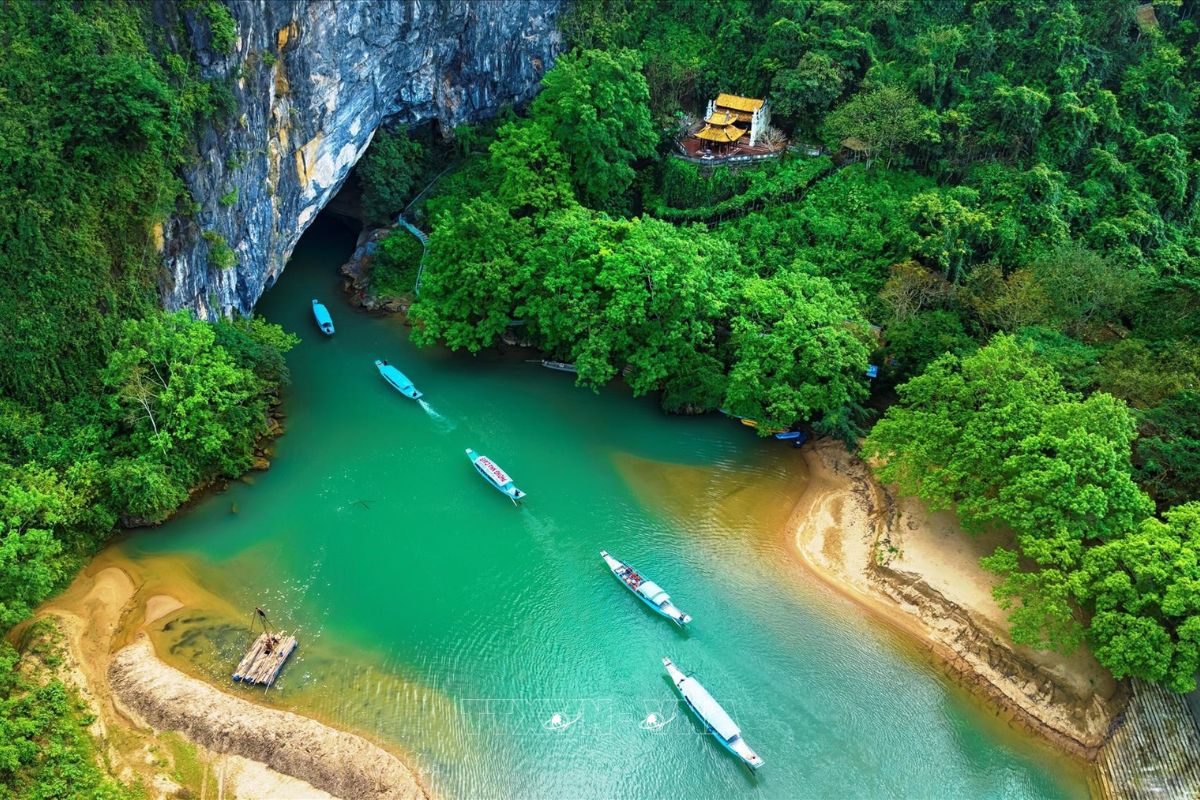
Phong Nha-Ke Bang (Source: nvsk)
Conclusion
Vietnam in August is not the time to skip Vietnam; it’s the time to plan wisely. Yet, while Sapa or Phu Quoc are subject to heavy rains, places like Hoi An, Nha Trang, and Pu Luong smash it out of the park. If flexible, think experience-first and you’ll discover the month’s secret tropical charm. Want to learn to build the perfect route? There’s no need for that to be the case, and we would be happy to custom-build a trip for you. For more, check out the good time to visit Vietnam to see all your options!
FAQ about Vietnam in August
Is August a bad month to visit Vietnam?
Not at all! Vietnam in August can be a wonderful time to visit if you choose your destinations wisely. Although some areas have heavy rainfall, Central Vietnam (think Hoi An, Nha Trang) benefits from sunshine, blooming landscapes, and significantly fewer international tourists. If you plan well, August provides great experiences from coast to coast.
Which part of Vietnam is best to visit in August?
Central Vietnam is the best spot in Vietnam in August. Places such as Hue, Hoi An, and Da Nang can be particularly dry and great for beachgoing, cultural discovery, and outdoor activities. Or you can venture into green havens like Pu Luong in the north, where rice fields are lush this season.
Where to avoid in Vietnam for tourists?
Asia, it’s peak storm season in Vietnam in August, and you might want to give storm and flood-prone locations a miss. Avoid Sapa (for landslides), Halong Bay (because of the typhoon), and Phu Quoc (for rough seas and canceled ferries). Travel on the Mekong Delta is, additionally, difficult in the flood season. See our good time to visit Vietnam guide for some better season choices!






